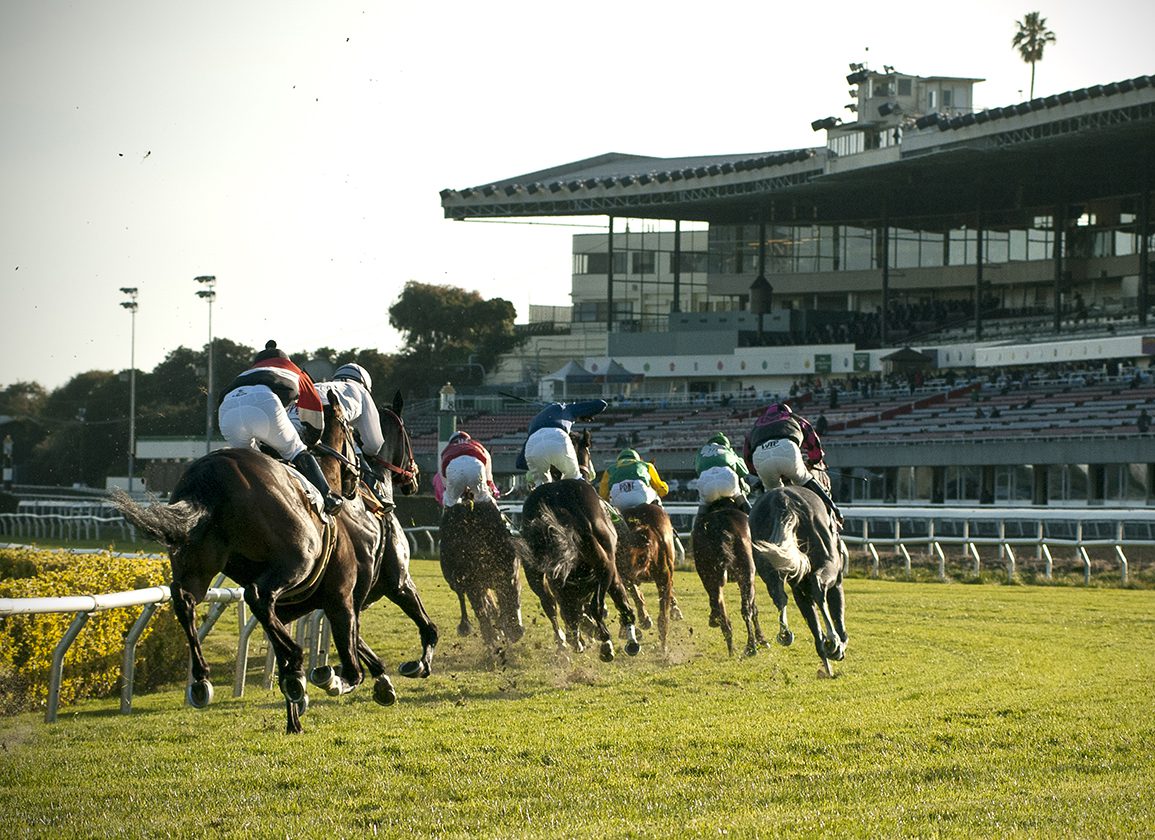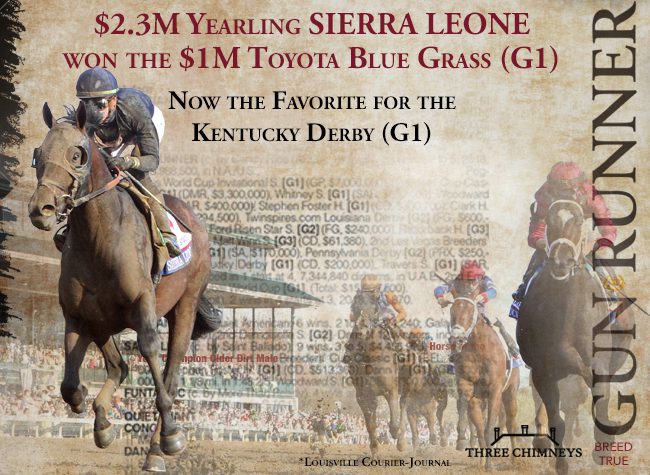By Daniel Ross
Berkeley City Council could vote on an ordinance that, if passed, would essentially lead to the premature closure of Golden Gate Fields and throw into question the near-term future of the Northern California horse colony, workforce and training colony, the latter already buffeted by 25% cuts to the track's purses.
The Bay Area racetrack is scheduled to race from Dec. 26 through June 9, 2024, after which the facility is set to close permanently.
The proposed ordinance–which makes the claim that confining a horse to its stall for the majority of the day is akin to animal abuse–would make it illegal to keep a horse stabled for more than 10 hours a day and requires every horse access to a minimum of one-half acre of pasture turnout.
There are currently around 1200 horses stabled at Golden Gate, with nearly 290 grooms, hotwalkers and other stable employees living there, according to Dave Duggan, Golden Gate vice president and general manager.
Though tweaked in places, the revised language closely resembles the original ordinance introduced earlier this year by Berkeley City councilmember Kate Harrison, who is currently running to be Berkeley Mayor.
On Nov. 12, the city council's Health, Life Enrichment, Equity, and Community Committee unanimously voted to send the item to the nine-member Berkeley City Council for a formal vote.
According to Harrison, the ordinance will be heard by the City Council in January and would need a majority vote to pass. The first Berkeley City Council meeting after winter recess is on Jan. 16.
It's currently unclear if the ordinance, if passed, would go into effect immediately or after a period of time.
California Thoroughbred Trainers (CTT) president Eoin Harty wrote in a statement that as proposed, the ordinance would seriously impinge upon the ability of the horsemen and women of Golden Gate to properly care for their horses.
“If enacted, this measure would not protect the welfare of horses but, in fact, be detrimental to them as horses in enclosures outside of stables may suffer greater risks to their health and safety,” wrote Harty.
“Stables have been honed over thousands of years to allow horses to remain social while protecting them from injury caused from other horses as well as self-inflicted harm. This ordinance would also negatively impact the large numbers of people whose own livelihoods depend on racing,” Harty added.
“It's not something to be taken lightly,” said California Horse Racing Board (CHRB) executive director Scott Chaney.
According to Chaney, the proposed ordinance has some “serious legal problems” in terms of Berkeley's legal jurisdiction to impose such a mandate.
The nine-page proposed ordinance states that the legislation is designed to govern “only those areas not already directly covered by State and Federal laws. It specifically focuses on a limited set of conditions to supplement the existing regulatory framework.”
It also claims that, as a charter city, Berkeley has the authority to “establish regulations and the jurisdiction to protect and promote the public health, safety and welfare by establishing safeguards for horses as long as they do not conflict with or duplicate state and federal law.”
But horse racing in California is regulated by the CHRB and by the federal government through the Horseracing Integrity and Safety Act (HISA), explained Chaney.
“That area's been pre-empted by state and federal government, and so, I don't believe, at least preliminarily, that it would survive a legal challenge,” said Chaney.
The proposed ordinance–which is specifically focused on horses “Held, Owned, Used, Exhibited, or Otherwise Kept for Racing or Other Sport, Entertainment or Profit”–makes several glaring misrepresentations of the Thoroughbred racing industry.
The ordinance appears to make the erroneous suggestion that Thoroughbred racehorses, on average, live to only three to five years of age.
“Many fatalities in horseracing are euthanizations after horses suffer catastrophic injuries, cutting their lives unnaturally short,” the ordinance states. “When CBS Bay Area reported on the most recent horse death at GGF in May of this year it cited the fact that 'live into their 30s, but the average age of is [only] three to five years old.'”
The ordinance also states that “horse deaths continue to rise at the horse racing tracks within City limits.”
According to the Jockey Club Equine Injury Database, race-day equine fatalities are declining nationwide. Last year saw the lowest statistical equine fatality rate since 2009, when record keeping began–1.29 fatalities per 1000 starts.
When it comes to Golden Gate Fields, the track's equine fatality rate has been consistently below the national average since 2017. Last year, the rate was 0.56 fatalities per 1000 starts–a number less than half the national average.
The proposed ordinance marks just the latest turbulence faced by the horsemen and women of Golden Gate Fields–which opened in 1941–as it lurches towards its official end.
The Stronach Group (TSG) announced in July that it was closing Golden Gate Fields at the end of December with the goal of increasing field size and adding another day of racing a week at Santa Anita.
After pushback from industry stakeholders who argued that such an abrupt closure would pose an existential threat to the future of racing in Northern California, TSG officials left the door open to delaying the track's closure another six months. But they appeared to make such a deal incumbent upon a reshaping of the way simulcasting proceeds are allocated in the state.
The rule of thumb is that proceeds from wagers made in the “northern zone” stay in Northern California to pay for purses and operational expenses, while the proceeds from wagers made in the “southern zone” stay in Southern California for the same purposes.
Initially, various stakeholders in Northern California–including representatives of the California Authority of Racing Fairs (CARF)–voiced resistance to TSG's idea of moving these proceeds south.
In September, however, California lawmakers sought enough buy-in to pass legislation that meant if Golden Gate Fields is not licensed to operate beyond July 1 next year, proceeds from simulcast wagering in the north are funneled south when there is no live racing in the northern half of the state after that date.
In recent years, Golden Gate Fields has found itself the target of animal rights activists.
In March of 2021, protestors disrupted racing by running onto the track before lying in a circle with interlocking pipes.
The protestors belonged to animal rights organization, Direct Action Everywhere, which had sought to shut Golden Gate Fields down for good.
Alan Balch, CTT Executive Director, wrote in a statement that CTT is concerned about the negative impact the Berkeley ordinance will have on horse welfare, mirroring Harty's comments.
“We are working with all segments of equestrian sports to educate legislators about horse safety, and we look forward to meeting with Berkeley's elected leaders to discuss this ordinance,” wrote Balch.
Balch added: “Relying on the good faith of the Berkeley City Council and leadership, CTT believes this is a matter requiring the facts about good horsemanship and horse care–not just for horse racing but all horses–to be brought to their attention.”
Not a subscriber? Click here to sign up for the daily PDF or alerts.






